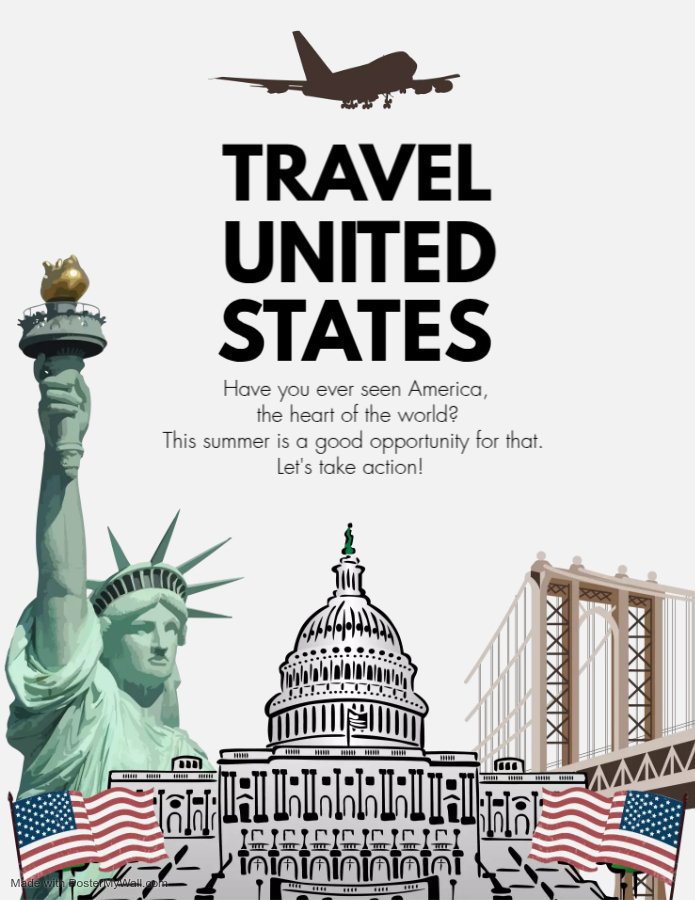Discover World
Explore the world with ease – we bring you the best flight deals, custom tour packages, and global hotel bookings. With 24/7 support and instant ticket confirmations, your journey starts stress-free. Travel smarter, safer, and more affordable with us.

Tours
Discover unbeatable flight deals, tailor-made tour packages, and worldwide hotel bookings – all in one place. We provide instant ticket confirmations and round-the-clock support to keep your journey smooth. Travel the globe with comfort, confidence, and value.
Dubai
Experience the magic of Dubai like never before with our exclusive flight and tour package deals. We make your journey simple by offering the best airfare options along with carefully crafted packages that include luxury hotels, guided city tours, desert safaris, and much more. Whether you’re traveling for leisure, business, or a family vacation, our team ensures every detail is taken care of – from instant ticket confirmations to 24/7 customer support. Let us turn your Dubai trip into an unforgettable adventure filled with comfort, excitement, and value.
Thailand
Discover the beauty of Thailand with our specially designed flight and tour packages made just for you. From golden temples in Bangkok to the tropical beaches of Phuket and Krabi, we combine the best airfare deals with handpicked hotels, guided tours, and exciting activities. Whether you’re seeking a relaxing island escape, a cultural adventure, or a family holiday, we provide everything you need – instant ticket confirmations, smooth travel planning, and 24/7 customer support. Make your Thailand trip effortless, affordable, and truly unforgettable.
Malaysia
Explore the wonders of Malaysia with our exclusive flight and tour packages designed for every traveler. From the modern skyline of Kuala Lumpur to the cultural heritage of Penang and the breathtaking islands of Langkawi, we bring together the best airfare, comfortable hotels, and curated travel experiences. Whether it’s shopping, sightseeing, or relaxing by the beach, our packages are tailored to give you the perfect balance of adventure and comfort. With instant ticket confirmations, seamless arrangements, and 24/7 support, your Malaysia journey will be smooth, affordable, and truly memorable.
Saudi Arabia
Embark on a journey to Saudi Arabia with our exclusive flight and tour packages crafted to suit every traveler. From the spiritual cities of Makkah and Madinah to the modern charm of Riyadh and the stunning landscapes of AlUla, we offer the best airfare deals along with comfortable stays and well-planned itineraries. Whether you’re traveling for Umrah, cultural exploration, or business, our packages ensure ease and peace of mind. With instant ticket confirmations, 24/7 support, and seamless travel arrangements, your Saudi Arabia trip will be stress-free, meaningful, and unforgettable.
USA
Experience the United States like never before with our exclusive flight and tour packages. From the bustling streets of New York City to the sunny beaches of California, the natural wonders of Yellowstone, and the entertainment hubs of Orlando, we craft packages that cover flights, hotels, and curated experiences to match your interests. Whether it’s a family vacation, a solo adventure, or a luxury getaway, we ensure smooth travel planning with instant ticket confirmations and 24/7 support. Let us make your USA trip effortless, exciting, and truly unforgettable.
.
Canada
Discover the natural beauty and vibrant cities of Canada with our specially curated flight and tour packages. From the stunning Rockies and Niagara Falls to the cultural charm of Toronto, Vancouver, and Montreal, our packages combine the best airfare, comfortable hotels, and unforgettable experiences. Whether you’re seeking adventure, sightseeing, or a relaxing escape, we handle all the details – from instant ticket confirmations to 24/7 customer support. Travel to Canada with ease, comfort, and confidence, and create memories that will last a lifetime.
Traveling – it leaves you speechless, then turns you into a storyteller. Every journey, every experience, and every person you meet along the way becomes part of your story, shaping your perspective on the world.”
– Ibn Battuta

pick2travel
———-
